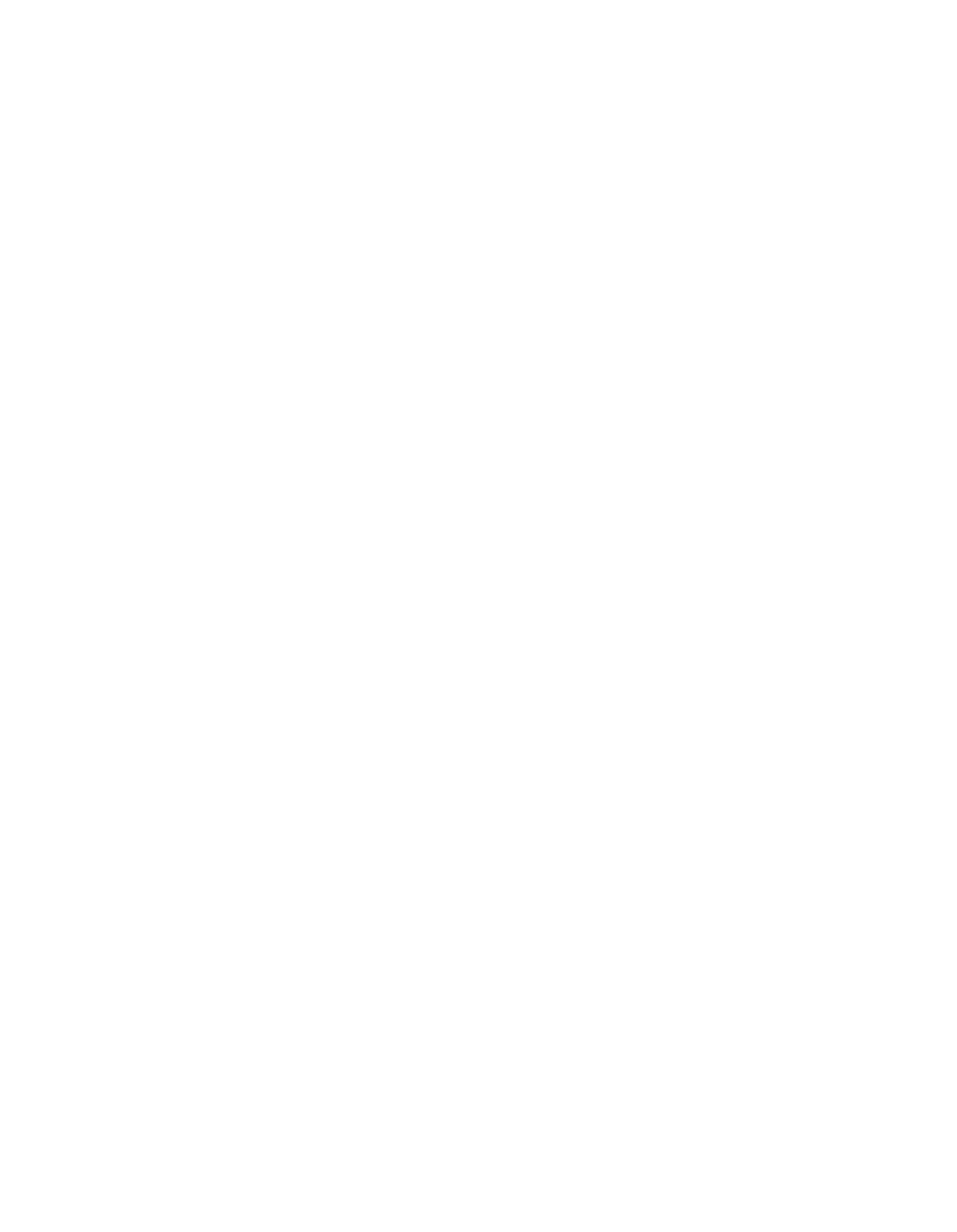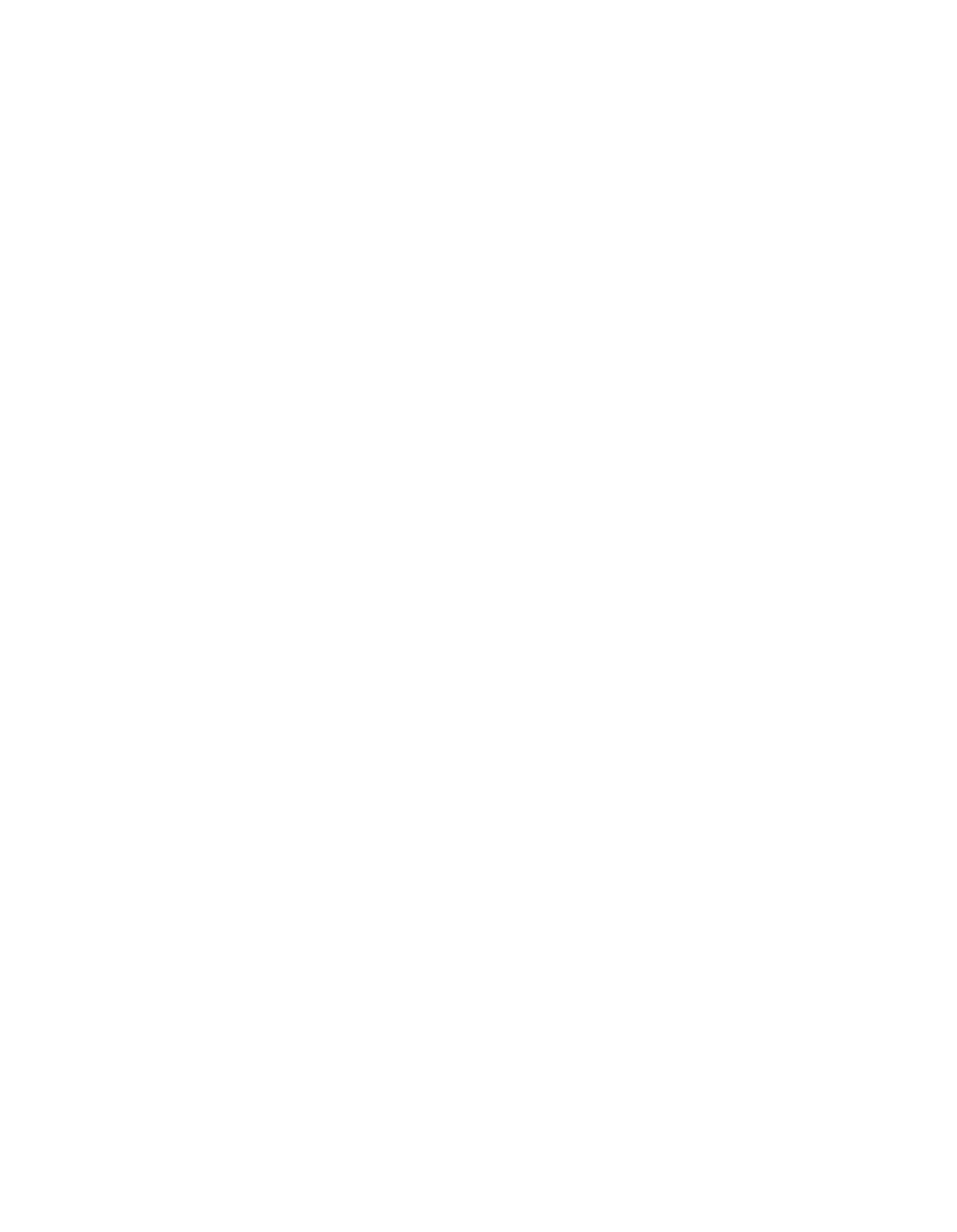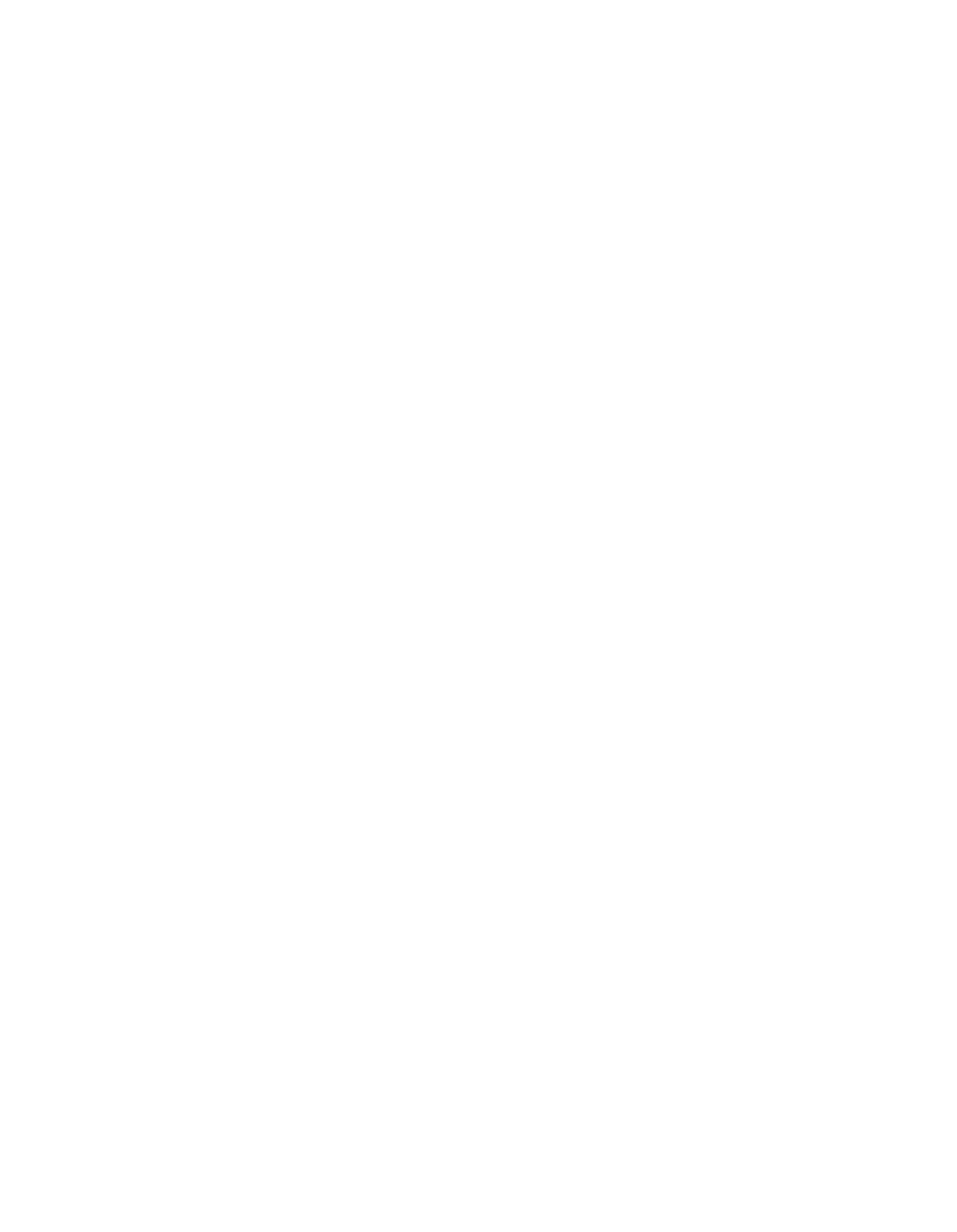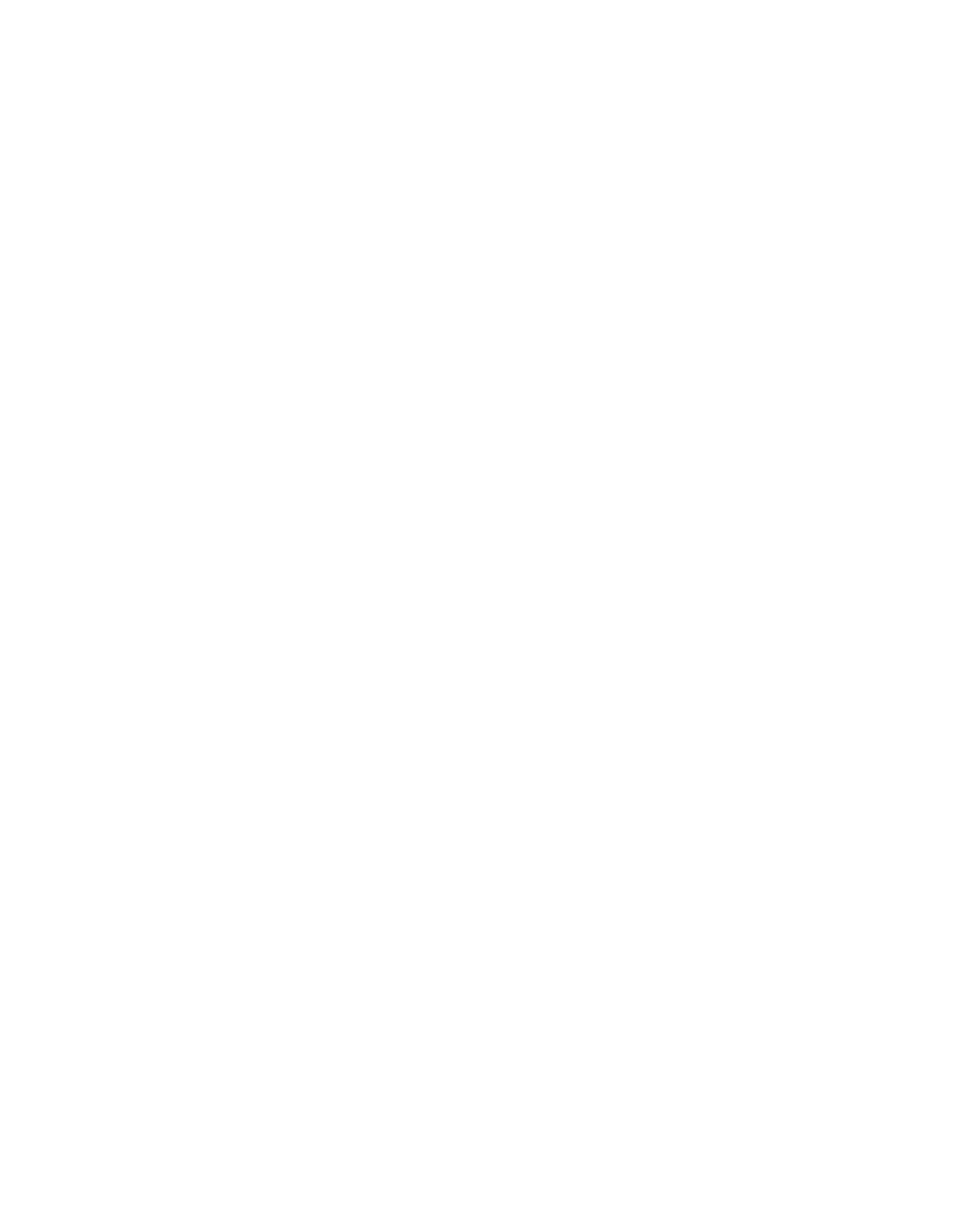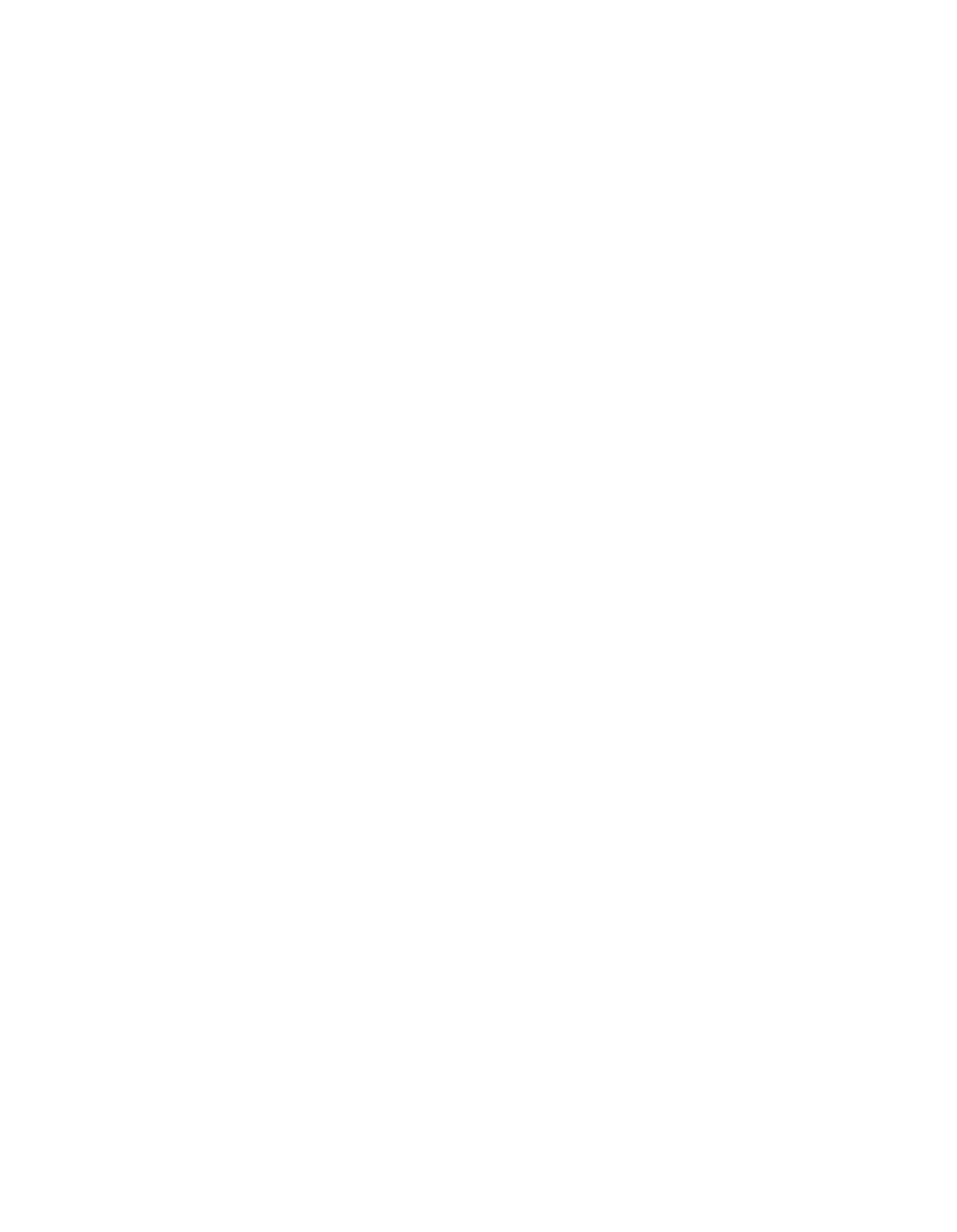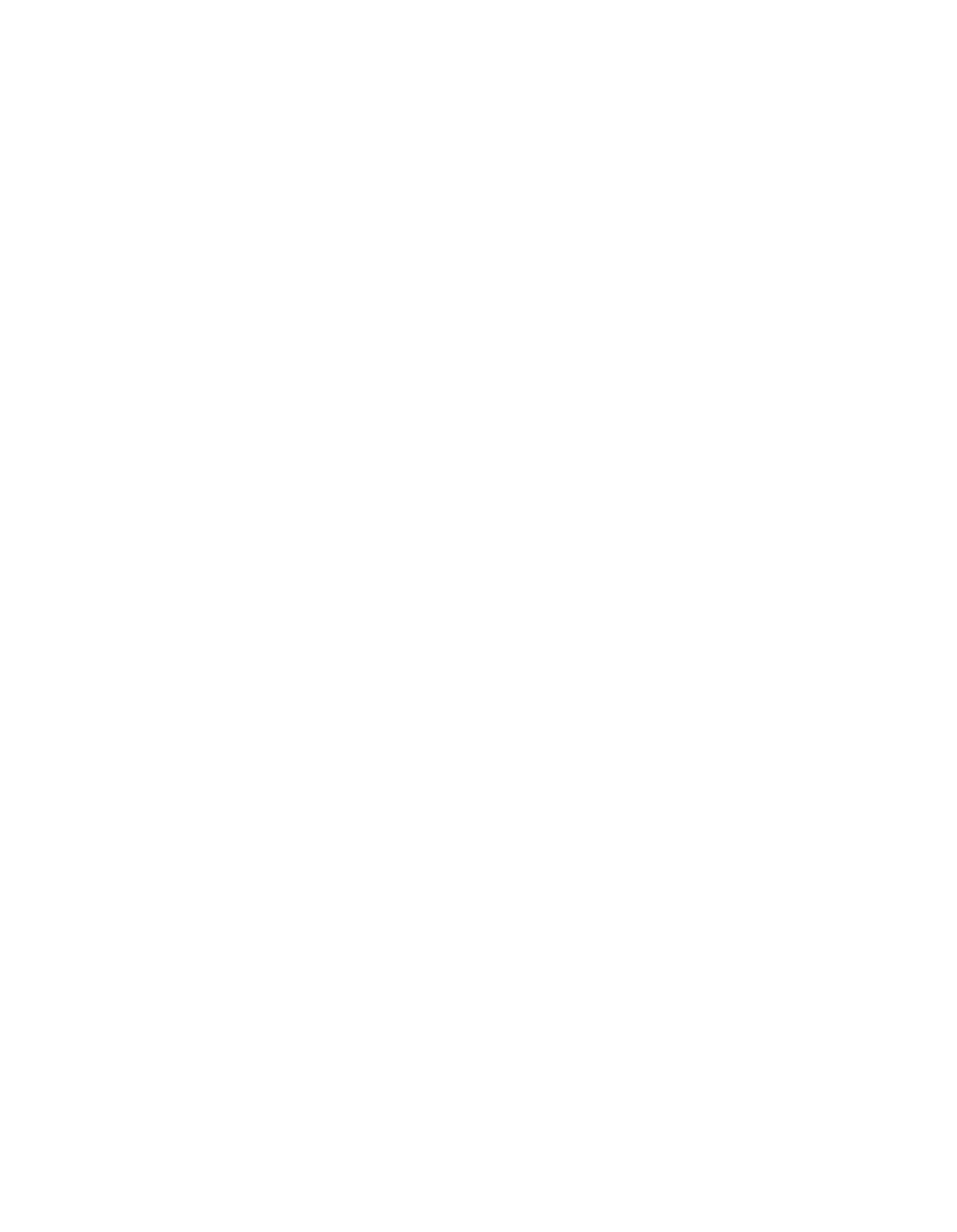ILLINOIS POLLUTION CONTROL BOARD
July
1,
1993
LOGAN COUNTY HEALTH
)
DEPARTMENT,
)
Complainant,
)
v.
)
AC 92-50, Dockets A
& B
(Administrative Citation)
LINCOLN/LOGAN LANDFILL,
)
(Logan County No.
9204-AC-i)
Respondent.
JOHN
W.
TURNER,
LOGAN
COUNTY
STATE’S
ATTORNEY,
APPEARED
ON
BEHALF
OF
COMPLAINANT;
and
BENJAMIN
L.
BONSELAAR APPEARED
PRO SE ON
BEHALF
OF RESPONDENT.
OPINION AND ORDER OF THE BOARD
(by J. Theodore Meyer):
This matter is before the Board on an administrative
citation filed by complainant Logan County Health Department
(County)
on June 24,
1992.
Respondent Lincoln/Logan Landfill
(Landfill)
filed a petition for review on July 27,
1992.
Both
filings are made pursuant to Section 31.1 of the Environmental
Protection Act
(Act).
(415 ILCS 5/31.1
(1992).)
A hearing was
held on October
2,
1992,
in Lincoln,
Illinois.
The
County
subsequently filed
a brief,
but Landfill did
not.
The citation alleges seven separate violations of Section
21(o)
of
the
Act:
1)
refuse
in
standing
or
flowing
water;
2)
conducting
a
sanitary
landfill
operation in a manner which
results in leachate flow entering waters of the state;
3)
conducting a sanitary landfill operation in a manner which
results in leachate flows exiting the landfill confines;
4)
uncovered refuse remaining from the previous operating day;
5)
deposition
of
refuse
in
any unpermitted portion of the landfill;
6)
failure
to
submit reports required by permits or Board
regulations;
and 7)
failure to collect and contain litter from
the site by the end of each operating day.
As discussed below,
the Board finds Landfill
in violation of each of the seven
provisions.
BACKGROUND
Logan
Landfill
is
located
in
Broadwell
Township,
Logan
County,
Illinois.
The
20—acre
site
was
originally
permitted
in
2
1972.
(Comp.
Exh.
17.)’
This administrative citation is based
upon an inspection of the site on April 21, l~92,by Jay F.
Gaydosh.
Mr. Gaydosh is a solid waste enforcement officer with
the Logan County Health Department, and is certified by the
Illinois Environmental Protection Agency
(Agency) to inspect
solid waste facilities.
(Tr.
6—7.)
The inspection report
prepared by Mr. Gaydosh lists a number of violations of the Act
and Board regulations.
(Cit., Attachment 2.)
The County
subsequently filed this administrative citation, alleging seven
separate violations of Section 21(o)
of the Act.
At the October
2,
1992 hearing in this matter, the County
presented testimony by Mr. Gaydosh and David
C. Jansen of the
Agency.
Landfill questioned these witnesses,
but did not present
any witnesses of its own.
STATUTORY FRAMEWORK
Section 31.1 of the Act establishes the administrative
citation process.
When Agency personnel,
or personnel of a unit
of local government to which the Agency has delegated its
authority,
determines on the basis of direct observation that any
provision of Section 21(o)
or 21(p) has been violated, the Agency
or unit of local government may issue an administrative
citation.2
The citation
is then filed with the Board.
If the
person named in the citation does not file a petition for review
within 35 days, the Board adopts a default order.
If,
as in this
case, the respondent does file a petition for review, the Board
holds a hearing on the citation.
If the record demonstrates that
the alleged violations occurred, the Board must adopt an order
finding a violation and imposing the specified penalty.
The only
defense to a violation is a showing by the respondent that “the
violation resulted from uncontrollable circumstances.”
(415 ILCS
5/31.l(d)(2)
(1992.)
If respondent makes that showing,
the Board
Complainant’s exhibits are indicated “Coinp. Exh.
“,
respondent’s exhibits are denoted “Resp.
Exh.
“,
the
administrative citation is indicated “Cit.
“,
and the
transcript of the hearing is indicated “Tr.
_.“
2
Section 21 was recodified by P.A. 87—752, effective
January 1,
1992,
so that the subsections formerly found at
subsections
(p) and
(q)
are now codified as subsections
(o)
and
(p).
Subsections
(o)
and
(p)
clearly state that those
subsections are enforceable by administrative citation.
However,
Section 31.1 was not amended, and so still refers to enforcement
of subsections
(p)
and
(q) through the administrative citation
process.
The Board believes that it is subsections
(0)
and
(p)
of Section 21 that are eligible for the administrative citation
procedure.
3
must adopt an order
finding no violation
ancI imposing no penalty.
Penalties in administrative citation cases are established
by Section 42(b)(4)
of the Act, which imposes a penalty of $500
for each violation,
plus any hearing costs incurred by the Agency
or the Board.
(415
ILCS 5/42(b)(4)
(1992).)
The Board has
previously held that hearing costs incurred by a unit of local
government must also be paid by respondent.
(Sangainon County
v.
Miller (June
3,
1990), AC 92—37; County of DuPa~ev.
E
& E
Hauling,
Inc.
(February
8,
1990), AC 88—76 and AC 88—77.)
DISCUSSION
As noted above, the County alleges that Landfill has
violation seven provisions of Section 21(0).
Refuse in Standing or Flowing Water
Section 21(0) (1) prohibits a sanitary landfill which is
required to have a permit from operating so as to result in
refuse in standing or flowing waters.
At hearing,
Mr. Gaydosh
testified that during the April 21 inspection of the Landfill, he
observed several different areas where water had ponded in the
exposed refuse on the top surface of the landfill.
Mr. Gaydosh
also observed several areas where flowing water was moving
through refuse that either had been blown or deposited on the
landfill.
(Tr.
8.)
Mr. Gaydosh also provided photographs taken
during the inspection.
(Comp.
Exh.
1-6.)
The County points to
this evidence, and contends that the testimony and exhibits prove
the allegation of refuse in standing or flowing waters.
In its petition for review, Landfill stated that refuse in
standing water was a problem “due to surface run off water that
the county inspector stopped us from pumping into an evaporation
area on site.”
(Petition.)
At hearing, Landfill asked Mr.
Gaydosh a series of questions about the weather in the days
immediately before the inspection,
but did not draw any
conclusions or make further argument.
(Tr.
59—64.)
The Board finds that Landfill violated the prohibition
against refuse in standing or flowing water.
Mr. Gaydosh
testified that he observed refuse in both standing and flowing
water,
and presented photographs
in support of that testimony.
Those photographs clearly show refuse in water.
Landfill does
not argue that the violation was the result of uncontrollable
circumstances.3
Therefore, the Board finds Landfill in violation
The Board has previously held that bad weather does not
necessarily constitute uncontrollable circumstances
(County of
Ogle v. Rochelle Disposal Service
(May 20,
1993)
,
AC 92—26;
In re
4
of Section 21(0)
(1),
and will impose the statutorily established
penalty of $500 for this violation.
Leachate Flows Entering Waters of the State
Section 21(0) (2) prohibits a sanitary landfill which is
required to have a permit from operating so as to result
in
leachate flows entering waters of the State.
Mr. Gaydosh
testified at hearing that he observed a leachate seep in the
southwest corner of the landfill.
He stated that the leachate
flowed along a washed—out area and into a drainage ditch.
That
drainage ditch connects with Salt Creek.
Mr. Gaydosh testified
that Salt Creek is
a water of the State,
and provided photographs
of that leachate flow.
(Tr.
17-20; Comp.
Exh.
7.)
The County
argues that this evidence proves the allegation of leachate flows
entering waters of the State.
In its petition for review, Landfill stated that “l)eachate
flows were contained through the use of some absorbent material,
hay, straw.”
(Petition.)
Landfill did not make any further
argument on this count at hearing.
After reviewing the record, the Board finds that Landfill
violated the prohibition against leachate flows entering waters
of the State.
Mr. Gaydosh’s testimony is unrebutted,
and the
photographs show a greenish-tinted liquid flowing from the
drainage ditch into the creek.
Landfill does not argue that the
violation was the result of uncontrollable circumstances.
Therefore,
the Board finds Landfill in violation of Section
21(0) (2), and will impose the statutorily established penalty of
$500 for this violation.
Leachate Flows Exiting the Landfill Confines
Section 21(0) (3) prohibits
a sanitary landfill from
conducting operations resulting in leachate flows exiting the
landfill confines.
At hearing, Mr. Gaydosh testified that he
observed two areas where leachate had moved outside the
boundaries of the landfill:
1)
on the east face, where leachate
flows converged upon the berm and flowed south and east to the
floodplain area adjacent to Salt Creek; and
2)
in the area where
the leachate moved south into the drainage ditch and then flowed
into the creek.
(Tr.
20-27.)
Mr. Gaydosh’s testimony was
supported by photographs.
(Comp.
Exh.
3,
6,
7,
8.)
The County
maintains that this evidence supports the allegation of leachate
flows exiting the landfill confines.
Dan Heusinkved,
County Clerk, County
of Whiteside (January 21,
1988), AC 87-25),
although weather can contribute to a finding of
uncontrollable circunstances
(St. Clair County
v.
J
&
R Landfill
(May
10,
1990)
/
AC 89—18)
5
In its petition for review, Landfill s~.atedthat “leachate
flow was confined to the landfill by means of absorbent
material”.
(Petition.)
At hearing, Landfill ~sked Mr. Gaydosh
whether he had tested any of the liquid leaving the site.
Mr.
Gaydosh stated that it had been tested in the past,
but that no
tests were done on the date of the inspection.
(Tr. 61-63;
69.)
After reviewing the record, the Board finds that Landfill
violated the prohibition against leachate exiting the landfill
confines.
Mr. Gaydosh’s testimony that the leachate was outside
the landfill boundaries
is unrebutted.
Landfill did raise an
issue as to whether the liquid was indeed leachate, or whether it
could have been run—off from heavy rains.
However, the
photographs show various liquids with either a green or black
tint,
and a crust on the top.
(Comp. Exh.
6, 7)
The Board
finds that the County has carried its burden of proof.
(415 ILCS
5/31.1(d) (2)
(1992).)
Landfill does not argue that the violation
was the result of uncontrollable circumstances.
Therefore,
the
Board finds Landfill
in violation of Section 21(o) (3), and will
impose the statutorily established penalty of $500 for this
violation.
Uncovered Refuse
Section 2l(o)(5) prohibits the operation of a sanitary
landfill so as to result in uncovered refuse remaining from the
previous operating day.
Mr. Gaydosh testified to two different
problems in this area:
1)
the active area of the landfill, where
Mr. Gaydosh observed refuse left uncovered from at least the
previous day’s refuse deposits; and 2) the remaining portion of
the landfill, which was not being used at that time,
had some
cover, but not sufficient cover to completely cover the refuse.
As to the active area,
Mr. Gaydosh testified that because his
inspection began at 8:42 a.m., the refuse which was uncovered
must have been left from the previous operating day.
(Tr. 27-
31.)
Mr. Gaydosh’s testimony was supported by photographs.
(Comp.
Exh.
1,
9.)
The County argues that this evidence proves
its allegation of uncovered refuse remaining from the previous
operating day.
In its petition for review, Landfill states that the refuse
did receive daily cover at the end of the operating day,
“depending upon weather conditions, and available cover due water
conditions
in dispute.”
(Petition.)
Landfill did not make any
further argument at hearing.
The Board finds that Landfill violated the prohibition
against uncovered refuse remaining from the previous operating
day.
Once again,
Mr. Gaydosh’s testimony is unrebutted.
The
photographs clearly show uncovered refuse in numerous areas of
the landfill.
Although Landfill does refer to weather and water
conditions,
there
is no assertion,
or proof,
that the violation
6
was the result of uncontrollable circumstances.
Thus, the Board
finds Landfill in violation of Section 21(o)(5), and will impose
the statutorily established penalty of $500 fc~the violation.
Deposition of Refuse in Unpermitted Portion of the Landfill
Section 21(0) (9) prohibits the operation of a sanitary
landfill so as to result in the deposition of refuse
in any
unpermitted area of the landfill.
The County alleges that the
permitted boundaries have been exceeded
in two aspects:
that the
height limitations had been exceeded, and that the landfill had
been filled further south than the permit allows.
As to the height limitation,
Mr. Gaydosh testified that the
landfill
is limited to an elevation of 592 feet mean sea level,
but that the upper surface of the landfill goes as high as 597.5
feet.
(Tr. 50-57.)
In support of this contention, the County
introduced a topographical map prepared by Surdex Corporation.
(Conip. Exh.
16.)
The map, which was based on photography taken
on June 27,
1991,
shows several areas above 592 feet.
Mr.
Gaydosh testified that, based upon visual observation using the
original reference point,
the landfill continued to exceed the
height limitation on the date of the inspection.
(Tr.
54-57.)
Landfill has not addressed the allegation that the height
limitation has been exceeded.
The Board finds that Landfill has violated the prohibition
on deposition of refuse in an unpermitted area.
This finding
is
based upon the topographical map submitted by the County, which
clearly shows that several portions of the landfill exceed
592
feet, and upon Mr. Gaydosh’s testimony that the landfill was
still above
592 feet on the date of the inspection.
Landfill has
not challenged or rebutted that testimony and map in any way.
Additionally, Landfill does not argue that the violation is the
result of uncontrollable circumstances.
Therefore, the Board
finds Landfill
in violation of Section 21(o)(9), and will impose
the statutorily established penalty of $500 for this violation.
Because we find that the alleged violation has been proven
by evidence that the height limitations were exceeded,
it
is not
necessary to determine whether the landfill has been filled
further south than the permit allows.
Failure to Submit Reports
Section 21(o) (11) prohibits the operation of a sanitary
landfill so as to result in the failure to submit reports
required by permits or Board regulations.
Mr. Gaydosh testified
at hearing that as of the date of the inspection,
Landfill had
failed to file several different reports with the Agency,
as
required:
groundwater monitoring reports
(quarterly and annual),
7
closure/post—closure care cost estimate,
and a financial
assurance report.
Mr. Gaydosh stated that he speaks to
individuals at the Agency about these reports at least once a
month,
and that the Agency employees had stated that none of the
reports had been filed by Landfill nor approved by the Agency,
either before or after the April inspection.
(Tr.
35-37.)
In its petition for review, Landfill stated that “wjithin
the next two months,
a compliance program will be initiated to
comply with all reporting requirements under the permit
conditions.”
(Petition.)
Landfill has not made any further
arguments on this issue.
The Board finds that Landfill violated the prohibition
against failure to submit reports.
Mr. Gaydosh’s testimony is
unrebutted.
In fact, Landfill’s response in its petition, that a
compliance plan will be initiated, at least impliedly admits the
violation.
Landfill does not argue that the violation is the
result of uncontrollable circumstances.
Therefore,
the Board
finds Landfill in violation of Section 21(o) (11),
and will impose
the statutorily established penalty of $500 for this violation.
Failure to Collect and Contain Litter
Section 21(o) (12) prohibits the operation of
a sanitary
landfill so as to result in the failure to collect and contain
litter from the site by the end of each operating day.
Mr.
Gaydosh identified three areas around the landfill which had
problems with litter:
1)
a small ponded area southeast of the
landfill where
litter had collected in the brush adjacent to the
berm surrounding that ponded area;
2) the northern brush line of
the landfill itself, where litter was caught
in the brush;
and
3)
the farmer’s field to the northwest of the landfill, west of the
access road, where there was a large amount of litter in the
field.
(Tr.
31-36.)
Mr. Gaydosh’s testimony was supported by
photographs.
(Comp.
Exh.
4,
8,
10,
11.)
The County argues that
this testimony supports a finding of violation of Section
21(o) (12).
In its petition for review, Landfill stated that “blowing
litter is a problem that is handled through daily patrolling of
existing boundaries.
At the end of each working day litter is
picked up.”
(Petition.)
At hearing, Landfill asked Mr. Gaydosh
if it had been a windy week,
and if paper could have been blown
around the day before or that evening.
Mr. Gaydosh responded
that it could have been, but later stated that weather conditions
should not have affected the area not being filled, where there
was also litter.
(Tr.
60,
81—82.)
The Board finds that Landfill violated the prohibition
against failure to collect and contain litter from the site by
the end of each operating day.
Mr. Gaydosh’s testimony is
8
unrebutted,
and the photographs show refuse as Mr. Gaydosh
testified.
Although Landfill did refer to wir~dyconditions,
there is no assertion,
or proof,
that the violation was the
result of uncontrollable circumstances.
Therefore,
the Board
finds Landfill in violation of Section 21(o) (12), and will impose
the statutorily established penalty of $500 for this violation.
PENALTIES
As previously noted, penalties in administrative citation
cases are established by Section 42(b)(4)
of the Act, which
imposes a $500 penalty for each violation.
Therefore, Landfill
is ordered to pay
a civil penalty of $3500, based upon the seven
violations.
For purposes of review, today’s action (Docket A)
constitutes the Board’s final action on the matter of the civil
penalty.
Landfill
is also required by Section 42(b) (4)
to pay hearing
costs incurred by the Board and the County.
The Clerk of the
Board and the County are each ordered to file a statement of
costs,
supported by affidavit,
with the Board and with service
upon Landfill.
Upon receipt and after appropriate review, the
Board will issue a separate final order in which the issue of
costs will be addressed.
This order will be issued
in Docket
B.
This opinion constitutes the Board’s findings of fact and
conclusions of law in this matter.
ORDER
1.
Respondent Lincoln/Logan Landfill,
Inc.
is found to have
been in violation of Sections 21(0) (1)
,
(2)
,
(3)
,
(5)
/
(9)
,
(11)
and
(12)
(415 ILCS 5/21(o) (1)
,
(2),
(3),
(5),
(9),
(11),
and
(12)
(1992))
on April
21,
1992.
2.
On or before August
1,
1993, respondent shall,
by certified
check or money order, pay
a civil penalty in the amount of $3500
payable to the Logan County Health Department.
The payment shall
be sent to:
Director of Financial Services
Logan County Health Department
2120 W.
5th Street Rd.
Lincoln,
IL 62656
Respondent shall include the remittance form and write the
case name and number and its social security or federal employer
identification number on the certified check or money order.
3.
Docket A is hereby closed.
4.
Within 30 days of this order,
the County shall file a
9
statement of its hearing costs,
supported by affidavit, with the
Board and with service upon respondent.
Within the same
30 days,
the Clerk of the Pollution Control Board shall file a statement
of the Board’s costs,
supported by affidavit and with service
upon respondent.
Such filings shall be entered in Docket B of
this matter.
5.
Respondent may file a reply or objection to the statements
of hearing costs, described in paragraph 4, within 45 days of
this order.
IT IS SO ORDERED.
Section 41 of the Environmental Protection Act
(415 ILCS
5/41
(1992)) provides for the appeal of final Board orders.
The
Rules of the Supreme Court of Illinois establish filing
requirements.
(See also 35 Ill.Adin.Code 101.246
“Motions for
Reconsideration”.)
I,
Dorothy M. Gunn,
Clerk of the Illinois Pollution Control
Board,
hereby certify that the abov
opinion and order was
adopted on the /4~~
day of
_______________,
1993,
by a vote
of7-O.
~
Dorothy
M. 9~nn,Clerk
Illinois Pq~!lutionControl Board
